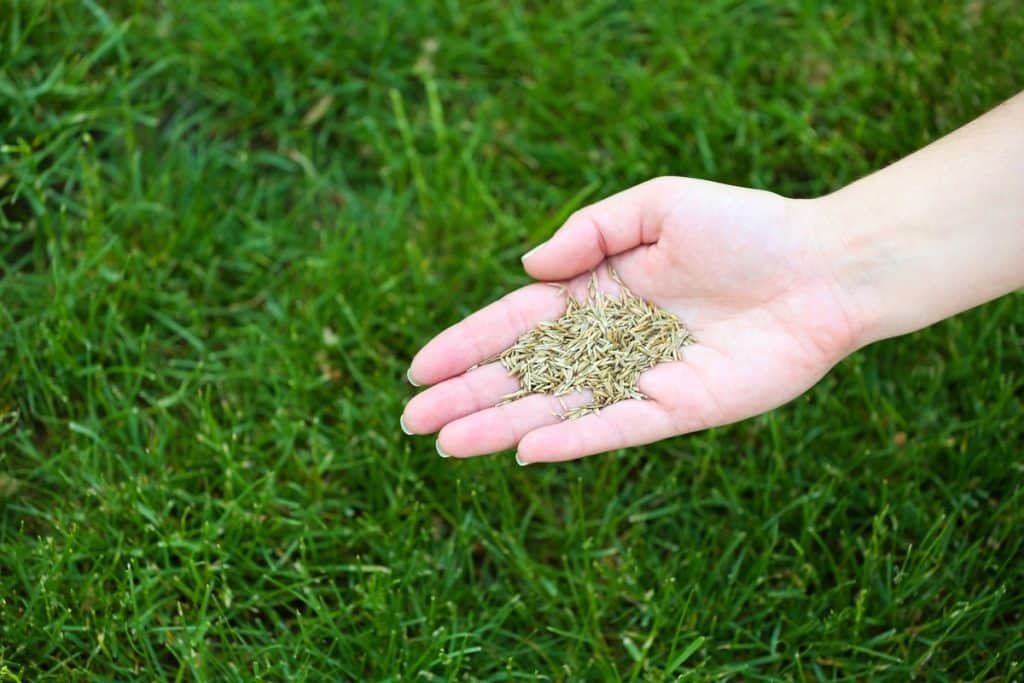A lush, green lawn is the pride of many homeowners in the United States, United Kingdom, and Canada. Whether you’re starting from scratch or filling in patchy spots, learning how to plant grass seed lawn is the first step toward achieving that perfect outdoor space. With the right preparation and care, you can transform your yard into a healthy, vibrant lawn that lasts for years.In this article, we’ll walk through everything you need to know—soil preparation, seed selection, planting methods, and aftercare—so you can discover how to plant grass seed lawn with confidence today!Step 1: Choose the Right Grass SeedNot all grass is the same. Picking the right type depends on your climate and lawn use.Cool-Season Grasses (ideal for the US North, Canada, and the UK): Kentucky bluegrass, perennial ryegrass, and fescues thrive in cooler climates.Warm-Season Grasses (better for southern US regions): Bermuda grass, zoysia, and St. Augustine grow well in heat.👉 Tip: For high-traffic lawns (kids, pets), choose a hardy mix like ryegrass and fescue.Step 2: Prepare the Soil ProperlyHealthy soil = healthy grass. Preparing your lawn before seeding is crucial.Clear the Area: Remove weeds, rocks, and debris.Loosen the Soil: Till or rake the soil 2–3 inches deep for good seed-to-soil contact.Test and Improve Soil: Check pH (ideal is 6.0–7.0). Add lime if too acidic or sulfur if too alkaline.Add Compost or Topsoil: Enriches nutrients and improves drainage.Step 3: Plant the Grass SeedNow comes the fun part—sowing your seeds!Broadcast Method: Use a spreader for large areas.Hand Seeding: Works well for small patches.Seeding Depth: Lightly rake seeds into the top ¼ inch of soil.👉 Pro Tip: Apply a starter fertilizer high in phosphorus to boost root growth.Step 4: Watering and GerminationConsistent moisture is key.Initial Watering: Gently water immediately after planting.Daily Watering: Keep soil moist (not soaked) until seeds germinate, usually 7–21 days depending on the grass type.After Germination: Reduce to deeper, less frequent watering to encourage strong roots.Step 5: Ongoing Care for a Healthy LawnYour new lawn needs continued care after germination.Mowing: Wait until grass reaches 3–4 inches before the first mow. Cut only the top ⅓ of the blade.Fertilizing: Apply balanced fertilizer about 6 weeks after planting.Weed Control: Avoid herbicides until grass is well established (at least 2–3 mowings).Aeration: Helps reduce soil compaction and improves water absorption.Common Mistakes to AvoidEven the best-intentioned lawn projects can fail. Avoid these:Planting at the wrong time (spring and fall are best for cool-season grasses, late spring for warm-season).Overwatering, which can wash away seeds.Planting too deep—grass seeds need light to germinate.Using poor-quality seed mixes that contain weeds.ConclusionIf you’ve been wondering how to get started, now you know the steps to discover how to plant grass seed lawn today! With the right seed, soil preparation, and consistent care, your yard will soon be a lush, green space perfect for relaxation, play, and outdoor gatherings.Don’t wait for the perfect lawn—start planting today and enjoy the transformation season after season.

